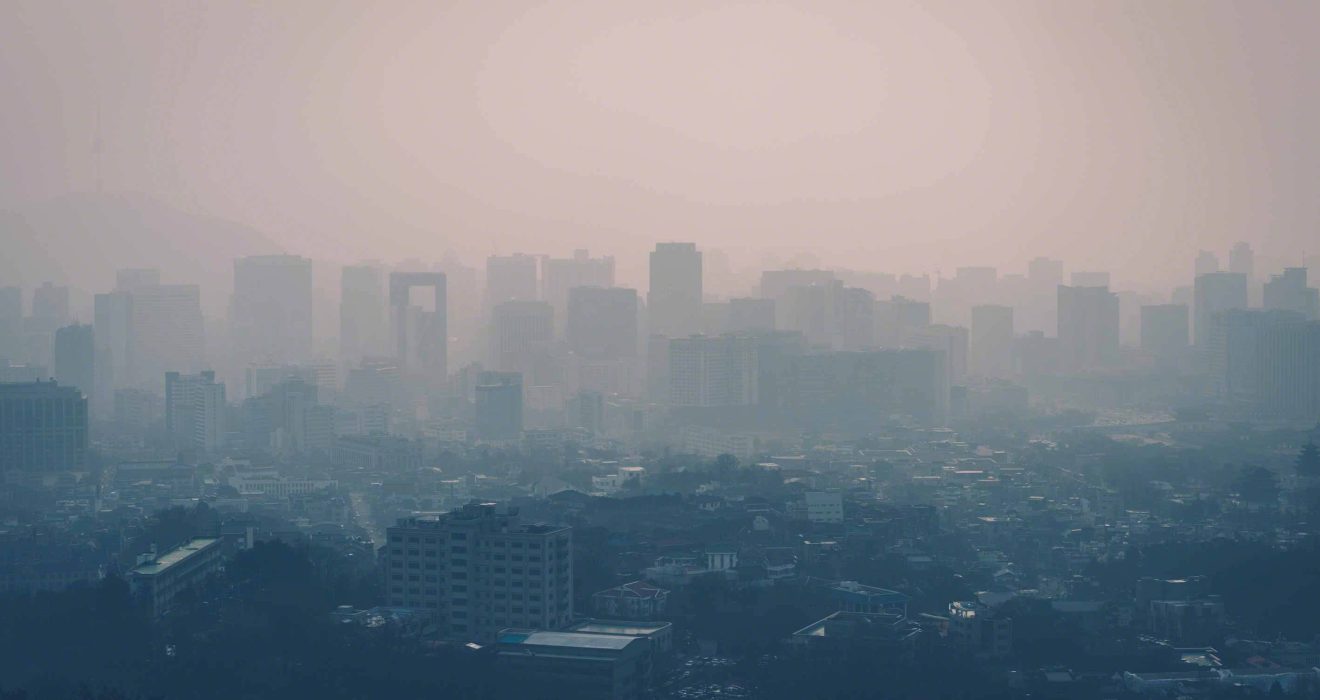Over the past two decades, Europe has embarked on a remarkable journey towards cleaner air, marked by notable reductions in suspended particulate matter (PM2.5 and PM10) and nitrogen dioxide (NO2) levels continent-wide. These strides reflect concerted efforts by governments, environmental agencies, and communities to address the pervasive issue of air pollution. Despite these advancements, a recent study led by the Barcelona Institute for Global Health (ISGlobal) unveils a sobering reality: a substantial proportion of Europe’s population continues to grapple with air pollution levels that surpass the stringent guidelines set forth by the World Health Organization (WHO). This revelation underscores the persistent challenges in achieving optimal air quality and protecting public health. While commendable progress has been made, there remains a critical imperative to address the remaining pockets of pollution and ensure that all Europeans have access to clean, breathable air. As Europe navigates the complex interplay of environmental, economic, and social factors, concerted action and sustained commitment are essential to furthering the trajectory towards a healthier and more sustainable future.
Overview of Research Findings
The study, which spanned over 1,400 regions across 35 European countries, indicates a general improvement in air quality over the past 20 years. Both PM10 and NO2 levels experienced significant declines, particularly in central and western Europe. However, despite these improvements, a staggering 98% of Europeans continue to reside in areas with unhealthy levels of PM2.5, a fine particulate matter linked to various health issues, including heart disease and stroke.
Persisting Challenges: Exceeding WHO Guidelines
Despite the reduction in air pollution levels, the majority of Europe’s population still faces exposure to harmful pollutants above WHO-recommended thresholds. Approximately 80% of Europeans live in regions with unhealthy levels of PM10, while around 86% are exposed to elevated NO2 levels. These alarming statistics underscore the urgent need for continued efforts to mitigate air pollution and protect public health.
Regional Disparities: Hotspots of Pollution
While overall air quality has improved, certain regions in Europe remain hotspots for pollution. Northern Italy and eastern Europe report the highest levels of particulate pollution (PM2.5 and PM10), while areas in southern Europe experience increased ozone levels. Additionally, urban areas in western Europe, including parts of the United Kingdom, Belgium, and the Netherlands, exhibit elevated NO2 levels. These regional disparities highlight the need for targeted interventions to address localized pollution sources and protect vulnerable communities.
Health Implications: Addressing the Human Toll
The study underscores the significant health implications of air pollution, with over 250,000 early deaths per year in the EU attributed to PM2.5 pollution alone. While there has been a 41% decrease in deaths related to fine particulate matter between 2005 and 2021, the European Environment Agency emphasizes the importance of further reducing pollution levels to prevent premature mortality and mitigate the burden of diseases such as heart disease, stroke, and diabetes.
Interplay Between Air Pollution and Climate Change
Researchers underscore the intricate interplay between air pollution and climate change, delineating a concerning symbiotic relationship between the two phenomena. Climate change, characterized by rising temperatures and heightened sunlight intensity, acts as a catalyst for chemical reactions that foster the formation of ozone in the atmosphere. Elevated ozone levels, exacerbated by climate change, perpetuate a detrimental cycle by catalyzing the generation of new PM2.5 particles, thereby intensifying air pollution levels. This detrimental feedback loop poses a significant challenge to environmental and public health efforts, necessitating integrated strategies that concurrently address both air pollution and climate change. By adopting holistic approaches that target the root causes and interdependencies of these issues, policymakers and stakeholders can enact meaningful change to mitigate their adverse impacts. From promoting renewable energy sources to implementing emissions reduction measures, concerted action is imperative to break the harmful loop and forge a path towards a cleaner, healthier future for both humans and the planet.
Conclusion
Europe’s journey towards cleaner air has been marked by commendable progress over the past decades. However, despite these advancements, significant challenges persist, with a substantial portion of the population still subjected to harmful levels of pollutants. To safeguard public health and address the intertwined challenges of air pollution and climate change, concerted action is essential at all levels of governance and society.
Targeted interventions, informed by robust scientific research, must be implemented to curb emissions and reduce exposure to pollutants. Collaboration among governments, environmental agencies, businesses, and communities is paramount to effectively tackle these complex issues. Additionally, investing in sustainable solutions, such as renewable energy sources, green transportation, and urban planning strategies, will play a crucial role in mitigating both air pollution and climate change.
By prioritizing the health and well-being of its citizens and the environment, Europe can continue its trajectory towards cleaner air and a sustainable future. Through comprehensive policies and collective efforts, Europe can pave the way for a healthier, more resilient society for generations to come.

